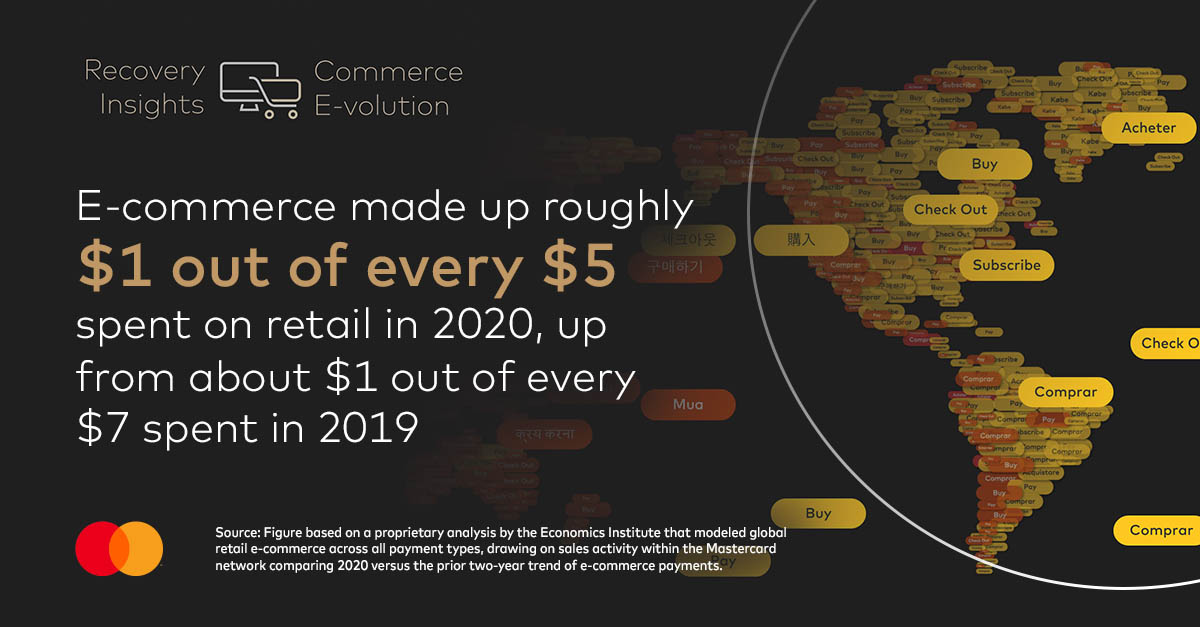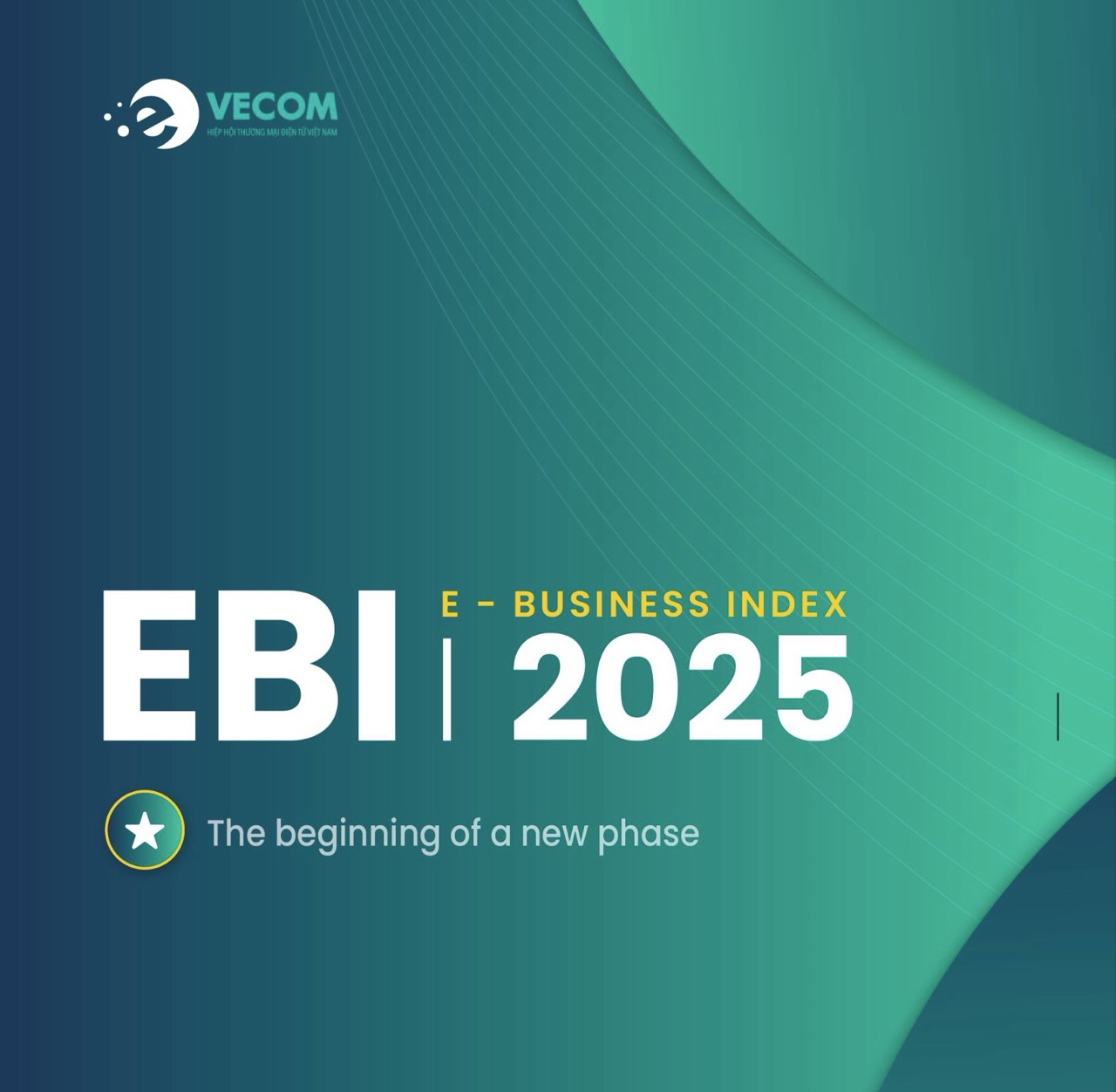Mastercard's most recent Recovery Insights report said that online retail spending around the world in 2020 has increased by about $900 billion.

According to Mastercard's most recent Recovery Insights report, online retail spending around the world in 2020 has increased by about $900 billion. In other words, in 2020, for every $5 spent on retail, e-commerce accounts for about $1, up from 1/7 in 2019.

The Covid-19 pandemic has forced consumers around the world to stay home, almost everything from vegetables to gardening items, to online shopping.
And therefore, for retail stores, restaurants and businesses, big or small, the ability to sell online has become a lifeline when direct consumption is interrupted.
The Mastercard Recovery Insights: Commerce E-volution report shows that about 20-30% of the global digital trade shift to Covid-related digital commerce is expected to remain the same.
Bricklin Dwyer, Chief Economist at Mastercard and Director of the Mastercard Institute of Economics, said that despite being stuck at home, consumers can still spend money anywhere thanks to e-commerce.
"This has many important implications. Countries and companies that prioritize the digital sector will continue to reap the fruits. Our analysis shows that even the smallest businesses realize the benefits of switching to digital platforms," said Bricklin Dwyer.
Mastercard's report also said that economies such as britain and the United States, which were more digitalized before the crisis, now benefit more from the wave of shifts to digital trade in the country, and that benefits are more sustainable than those with less e-commerce market share than before the crisis. , like Argentina or Mexico.
Asia-Pacific, North America and Europe are the regions with the strongest push to implement e-commerce.
In the sectors that attracted e-commerce the most, the essentials retail sector, which had the smallest proportion before the crisis, now receives the most benefits as consumers turn to digital commerce.
According to Mastercard, with the formation of new consumer habits and a low pre-pandemic user platform, it is expected that 70-80% of customers who switch to shopping for necessities via e-commerce will still choose this form.
Not only domestic e-commerce, but international e-commerce also grew during the pandemic, increasing both in sales size and in the number of countries with orders. With countless easy options, as of February 2021, international e-commerce spending has increased by about 25-30% compared to March 2020.
According to The Investment Newspaper
VECOM





























